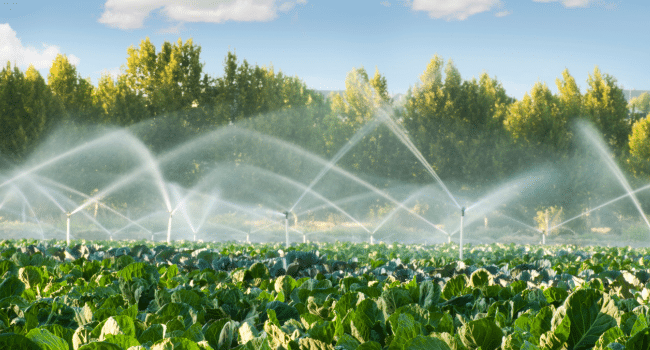Table of Contents
Effective management of outdoor drainage is a critical component of maintaining a healthy garden. Inadequate drainage can lead to a host of problems ranging from waterlogged soils and dying plants to structural damage and erosion. Understanding the principles of good garden drainage and implementing the right solutions is essential for any gardener seeking to create and maintain a vibrant outdoor space.
The Importance of Proper Drainage
Water is an essential element for plant life, but too much of it can lead to negative outcomes. When water fails to drain properly, it can suffocate plant roots, disrupt nutrient uptake, and ultimately lead to root rot. In extreme cases, heavy rainfall or poor drainage can cause flooding, which not only damages plants but also affects the overall landscape architecture.
Good drainage ensures that excess water moves away from areas where it can do harm, whilst providing moisture to where it is most needed. It is the balance between water retention and drainage that helps to foster a thriving garden.
Assessing Your Garden’s Drainage
An initial assessment of your garden’s current drainage situation is the first step towards addressing any issues you may encounter. Observe how water flows during a rainfall or after watering. Are there puddles that remain for hours, or does water swiftly disappear? Are lower areas of the garden boggy? Answers to these questions will help to indicate where improvements might be needed.
Improving Soil Permeability
Improving soil structure is one way to enhance drainage. Adding organic matter can aid in loosening heavy clay soils, allowing for better water infiltration. Conversely, sandy soils, which drain very quickly, may need organic matter to help retain water. Cultivating your garden soil annually will not only improve aeration but also facilitate better water movement.
Implementing Gradient Changes
For areas subject to water logging, adjusting the landscape’s gradient can make a significant difference. Creating a slope away from garden beds and the foundation of your house helps direct water runoff towards appropriate drainage areas. Remember, even a slight gradient change can have a substantial impact on drainage.
Choosing the Right Drainage System
There are various types of drainage systems you can employ to divert excess water. French drains, dry wells, and catch basins are among the commonly used solutions that effectively manage water. However, another option for gardeners is the establishment of an outdoor drain. Designed specifically to cope with surface water, an outdoor drain acts as a direct channel, preventing water accumulation and directing it away from critical areas of your garden.
Regular Maintenance
Even the most efficient drainage system can fail without proper maintenance. Regularly check your outdoor drain and other drainage installations for blockages caused by leaves, soil, or debris. Ensuring these are free from obstructions will maintain their functionality and prevent back-up during heavy rainfall.
Creative Drainage Solutions
Drainage doesn’t have to be purely functional; it can also be an aesthetic attribute. You can incorporate features such as a dry creek bed or runnels. Not only do these elements help manage excess water, but they also add visual interest to your garden.
Choosing the Right Plants
Selecting plants that are well-suited to your garden’s conditions can also aid in managing moisture levels. Plants with deep root systems can help improve soil structure and drainage. Similarly, if a particular area struggles with wet conditions, consider opting for plants that thrive in such environments.
Utilising Raised Beds
If drainage is a severe issue, or you’re working with particularly problematic soil, raised garden beds can offer a solution. They provide good drainage by default due to their elevated nature, and you can fill them with soil that has been optimised for drainage.
Professional Input
For complex situations, seeking advice from a landscaping professional can save you time and resources in the long run. Professional landscapers can provide bespoke solutions that address your specific garden needs, ensuring that any installed drainage systems, such as an outdoor drain, are effective and long-lasting.
Understanding the Role of Water Table
The natural water table level in your area can also influence your garden’s drainage. In places with high water tables, some drainage solutions may not be as effective. Knowledge of your local environmental conditions can guide you in choosing the right course of action.
Being Mindful of Local Regulations
Before embarking on any significant drainage installations or alterations to your landscape, be aware of the local planning regulations. Certain modifications may require permits or need to be managed in a way that doesn’t affect neighbouring properties.
Conclusion
In conclusion, mastering garden drainage requires a multifaceted approach, taking into account soil type, landscape gradients, suitable drainage systems, and regular maintenance. By being proactive and informed in your drainage strategy, you can avert potential garden health issues and lay the foundation for a lush and flourishing outdoor space. Implementing effective solutions, such as an outdoor drain, can be instrumental in achieving this balance and ensuring the vitality of your garden for years to come.
